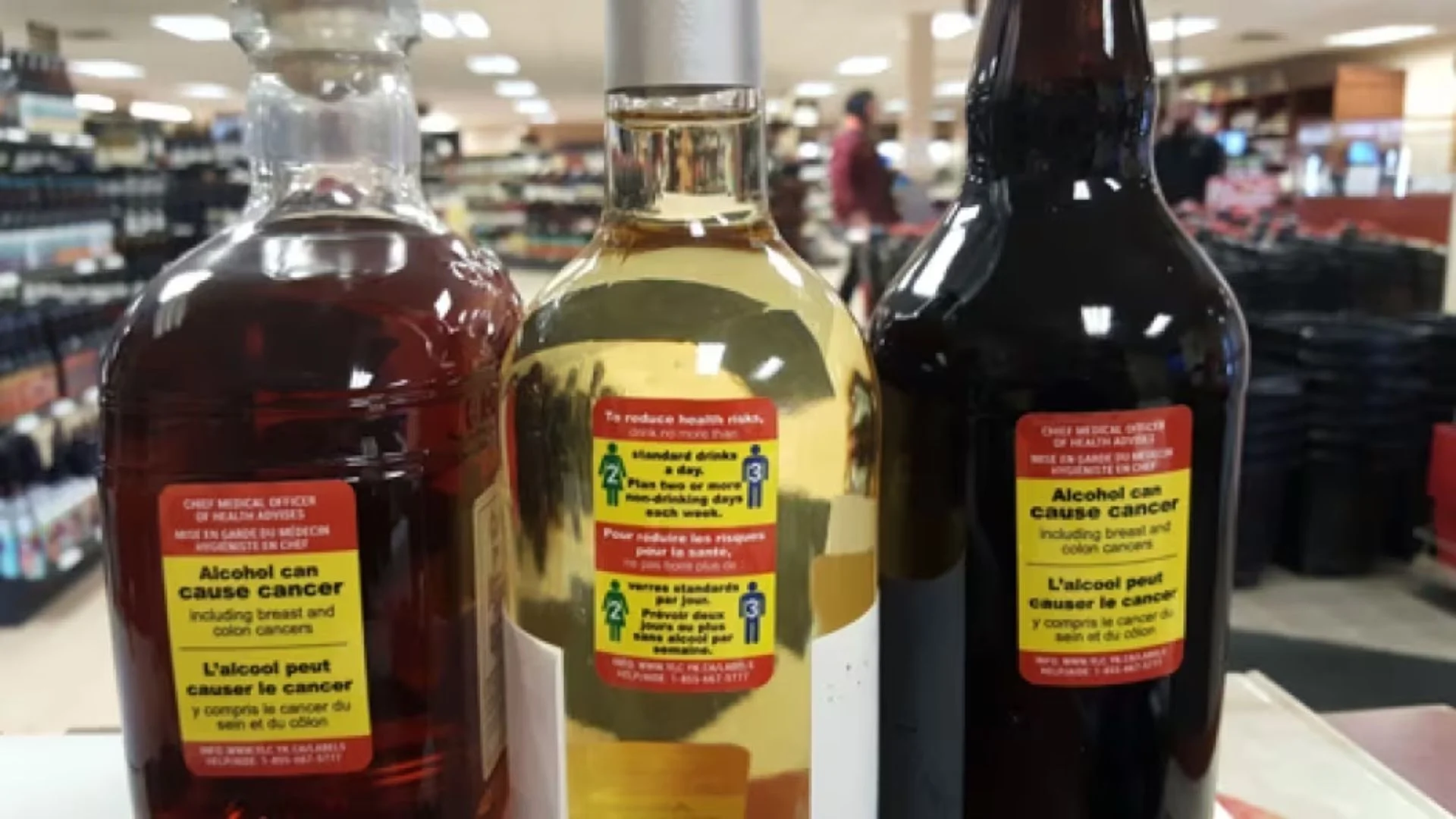World Health Organization (WHO) has urged cigarette-like cancer warnings on cans and bottles of alcohol to alert them to their severe health consequences. UN health agency called on governments to implement standard, prominent labels to warn consumers of the cancer threat posed by alcohol consumption.
WHO’s initiative comes after a similar call by Dr Vivek Murthy, the previous US Surgeon General for President Joe Biden, who urged alcohol producers to put explicit cancer warnings on labels. Dr Gauden Galea, a WHO strategic adviser on non-communicable diseases, emphasized that warnings must be put on packaging directly and not buried on websites. He also called on policymakers to resist industry pressure and put public health first.
Alcohol and Cancer Risk
The use of alcohol is a Group 1 human carcinogen based on WHO standards. This denotes very strong evidence between alcohol use and cancer formation. Frequent intake raises one’s chances of falling victim to oral, laryngeal, oesophageal, hepatic, colon, rectum, and breast cancers. There is evidence from moderate intake enhancing cancer vulnerability.
Back up from Cancer Charities
Cancer charities and health bodies have also responded positively to WHO’s appeal for warning labels. Malcolm Clarke, Cancer Research UK’s senior prevention policy manager, said that seven cancers, such as breast and bowel cancer, are associated with alcohol. He is convinced visible warning labels will make people aware and think again about their consumption.
Kate Oldridge-Turner of the World Cancer Research Fund was worried that alcohol is still exempt from obligatory health warnings in the majority of countries. She asserted that proper, easily visible labels play a significant role in warning consumers about the risks associated with alcohol consumption.
Global Policy Changes
Ireland is set to become the first EU country to mandate health warnings on alcohol labels starting in May 2025, specifically mentioning the cancer risk. France and Lithuania already require alcohol bottles to carry warnings, while Germany mandates labels indicating the legal drinking age.










